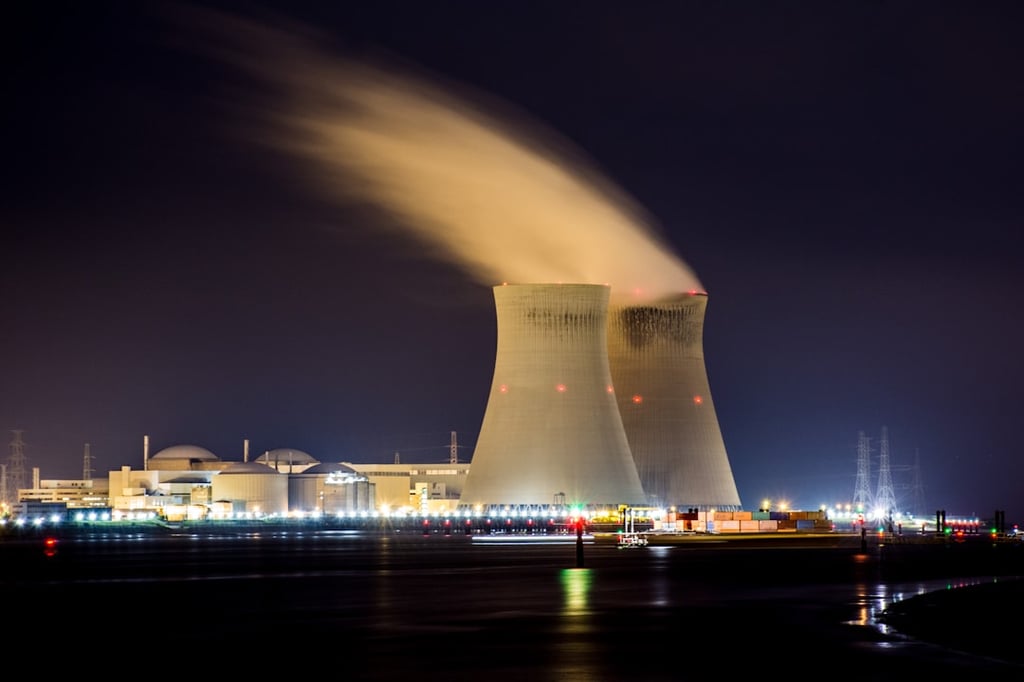Datamation content and product recommendations are
editorially independent. We may make money when you click on links
to our partners.
Learn More
Hewlett Packard Enterprise (HPE) is beginning its era as a standalone company with a new paradigm for creating and delivery application infrastructure. The HPE Synergy system is what the company is referring to as composable infrastructure and it aims to go beyond what rivals at Cisco and Oracle are doing with engineered systems.
Gary Thome, chief architect at Hewlett Packard Enterprise explained to Datamation that the basic idea behind composable infrastructure is that it is created at the time it is needed.
“It’s about having fluid pools of compute, storage and fabric, wrapped together with software defined intelligence,” Thome said. “So the hardware understand how the right amounts of infrastructure need to be configured for what an application requires.”
Synergy is the actual product name and it’s a brand new infrastructure platform. At the core of the platform is what Thome referred to as a composable frame, which is a physical chassis that houses composable compute, storage and fabric modules. Then there is the actual composer hardware that enables the orchestration, deployment and management of the infrastructure.
The initial composable frame is the HPE Synergy 12000, providing six different zones for compute and storage modules. Additionally HPE has the Synergy Image Streamer which is a management appliance that enables fast image/application changes to compute resources. According to HPE’s Synergy Image Streamer product specifications, it integrates software-defined intelligence from embedded HPE Synergy Composer to deploy and update physical compute nodes with operating environments at extreme speed for fast virtualized image changeovers, secure boot, and compliance.
The Synergy system is seen by Thome as being complementary to existing application virtualization efforts.
“The abstraction layer on the hardware allows it to compose itself into whatever you want, which could be a hypervisor, then you can run VMware or whatever virtualization technology you want,” Thome said.
For container deployment, the story is even more integrated thanks to the recently announced Helion Development Platform (HDP). HDP is based on the open-source CloudFoundry Plaform-as-a-Service project and makes extensive use of Docker containers as a means to build and deploy applications.
“With Helion Development Platform it really does benefit from composable infrastructure for application needs,” Thome said.
Another benefit for the Synergy approach is the entire system is managed via a unified API, which can enable an integrated firmware update of all systems when needed. Thome said that the unified API replaces thousands of lines of script code that is typically used today to configure a system.
“So you’re able to programatically control infrastructure to be whatever you want it to be,” Thome said. “Synergy makes automation more approachable.”
Sean Michael Kerner is a senior editor at Datamation and InternetNews.com. Follow him on Twitter @TechJournalist
Photo courtesy of Shutterstock.
-
Huawei’s AI Update: Things Are Moving Faster Than We Think
FEATURE | By Rob Enderle,
December 04, 2020
-
Keeping Machine Learning Algorithms Honest in the ‘Ethics-First’ Era
ARTIFICIAL INTELLIGENCE | By Guest Author,
November 18, 2020
-
Key Trends in Chatbots and RPA
FEATURE | By Guest Author,
November 10, 2020
-
Top 10 AIOps Companies
FEATURE | By Samuel Greengard,
November 05, 2020
-
What is Text Analysis?
ARTIFICIAL INTELLIGENCE | By Guest Author,
November 02, 2020
-
How Intel’s Work With Autonomous Cars Could Redefine General Purpose AI
ARTIFICIAL INTELLIGENCE | By Rob Enderle,
October 29, 2020
-
Dell Technologies World: Weaving Together Human And Machine Interaction For AI And Robotics
ARTIFICIAL INTELLIGENCE | By Rob Enderle,
October 23, 2020
-
The Super Moderator, or How IBM Project Debater Could Save Social Media
FEATURE | By Rob Enderle,
October 16, 2020
-
Top 10 Chatbot Platforms
FEATURE | By Cynthia Harvey,
October 07, 2020
-
Finding a Career Path in AI
ARTIFICIAL INTELLIGENCE | By Guest Author,
October 05, 2020
-
CIOs Discuss the Promise of AI and Data Science
FEATURE | By Guest Author,
September 25, 2020
-
Microsoft Is Building An AI Product That Could Predict The Future
FEATURE | By Rob Enderle,
September 25, 2020
-
Top 10 Machine Learning Companies 2020
FEATURE | By Cynthia Harvey,
September 22, 2020
-
NVIDIA and ARM: Massively Changing The AI Landscape
ARTIFICIAL INTELLIGENCE | By Rob Enderle,
September 18, 2020
-
Continuous Intelligence: Expert Discussion [Video and Podcast]
ARTIFICIAL INTELLIGENCE | By James Maguire,
September 14, 2020
-
Artificial Intelligence: Governance and Ethics [Video]
ARTIFICIAL INTELLIGENCE | By James Maguire,
September 13, 2020
-
IBM Watson At The US Open: Showcasing The Power Of A Mature Enterprise-Class AI
FEATURE | By Rob Enderle,
September 11, 2020
-
Artificial Intelligence: Perception vs. Reality
FEATURE | By James Maguire,
September 09, 2020
-
Anticipating The Coming Wave Of AI Enhanced PCs
FEATURE | By Rob Enderle,
September 05, 2020
-
The Critical Nature Of IBM’s NLP (Natural Language Processing) Effort
ARTIFICIAL INTELLIGENCE | By Rob Enderle,
August 14, 2020
SEE ALL
DATA CENTER ARTICLES







